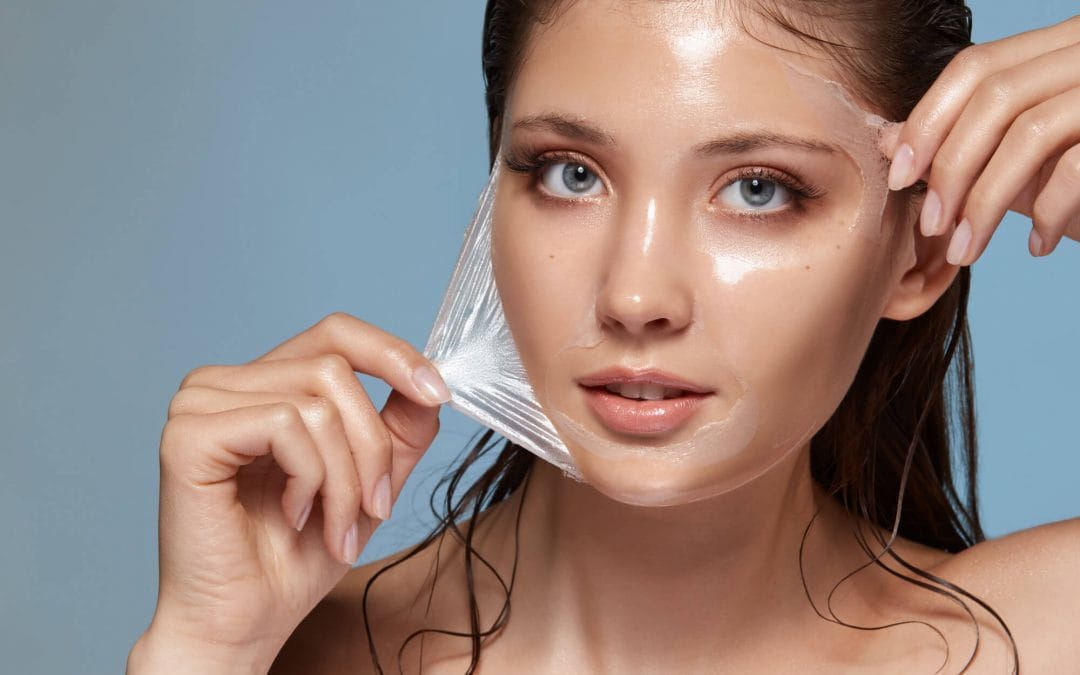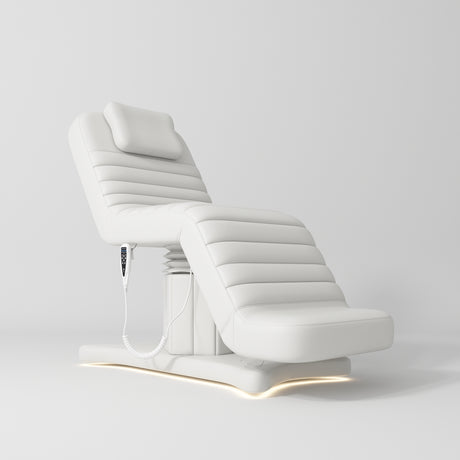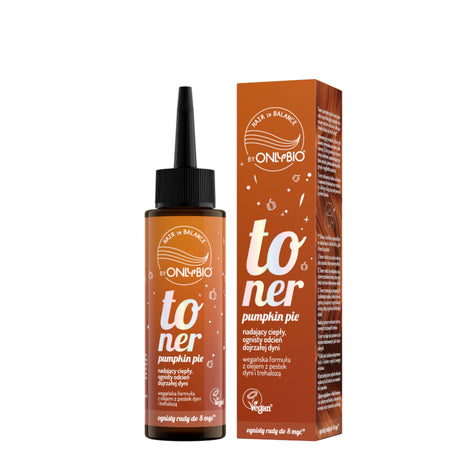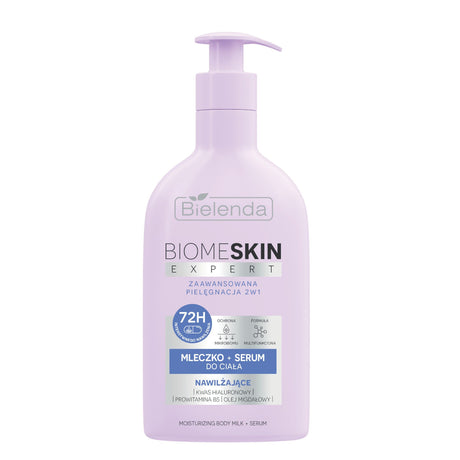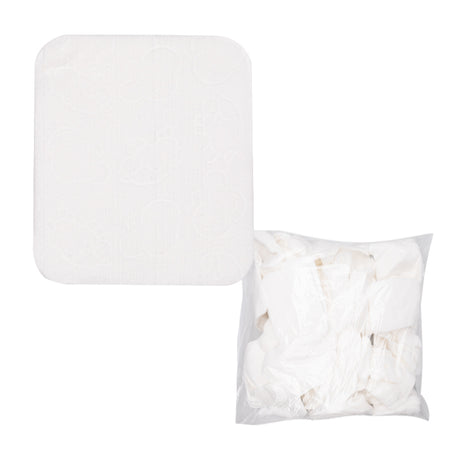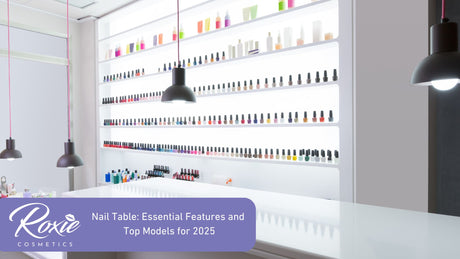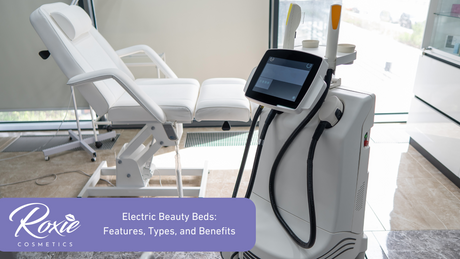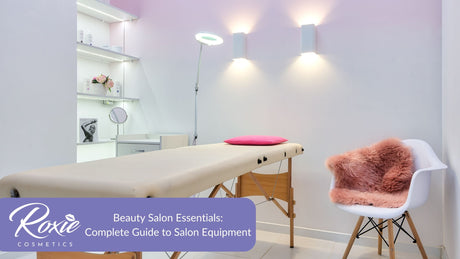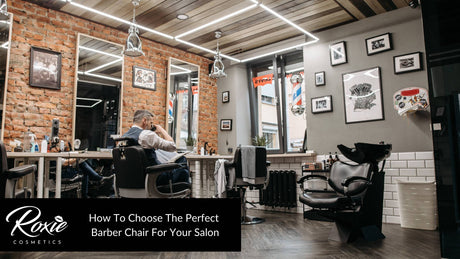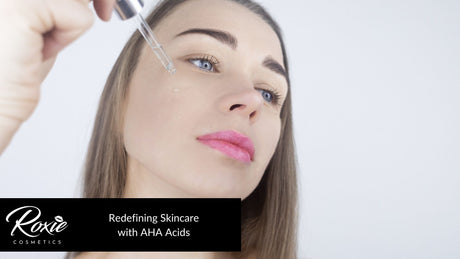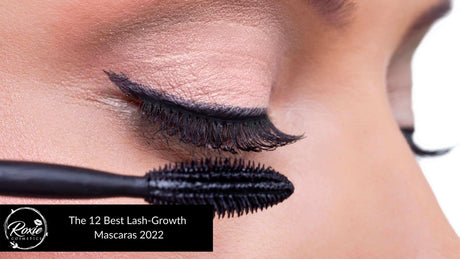Every woman likes to take care of her skin to prevent wrinkles, dryness and any other signs of getting old. The best option is to let professionals do their job and choose the best methods for our skin type. However, if you don’t have an opportunity to go the a professional beauty salon – chemical peels come to the rescue! Nevertheless there are plenty of them and it’s of high importance to choose only these suitable for your skin needs not to harm yourself. In this text you’ll find a lot of information on which chemical peel to use and what are the benefits of using them. And please remember – chemical peels are difficult to use and if you don’t feel comfortable with using them – don’t do it.
What are chemical peels?
Chemical peel is a chemical solution (usually an acid) that you can apply to your skin and have to remove it after a given amount of time. It is extremely essential to remember that chemical peels are quite aggressive to the skin, so the perfect timing is everything. Don’t let the acids do the wrong things on your skin by forgetting to remove it in a proper moment.
Standard ingredients of chemical peels are alpha hydroxy acids and beta hydroxy acid. The first one you can find in glycolic acid, tartaric acid, lactic acid, citric acid or malic acid.
How do chemical peels work?
First step is to paint peel onto your face and neck. Whilst chemical peel is on your face it penetrates the uppermost layers of your skin. It allows the peel to go deeper and rebuild the structures of the skin. The stronger acid you put on your face and the longer you leave it on your skin – the more powerful results you’ll see. That is why, before using chemical peels, you should read a lot about them, talk to some professional dermatologist or trained cosmetologist. She or he will tell you what to do in a proper way.
After the peel is washed off, your skin will be soft, yet it can be irritated. It’s normal as the acid works in deeper layers of your skin. However, if skin doesn’t get better after a while, please contact with a specialist.
What are the advantages of chemical peels?
There are plenty of benefits of chemical peels, so you should definitely take a look at them. The first, noticeable effect is that your skin, after using acids will peel. The old, superficial layer will be removed, letting your skin to regenerate and breathe. However, there is a lot more. As mentioned, chemical peels work deeper, so they:
- Lift of sun damages (you should think of using chemical peels in late autumn after summer and sunbathing)
- Smooth the skin and little wrinkles
- Prevent and treat acne (in this case we recommend to visit dermatologist first) – the peels lower the pH of your skin, so then it is not a very comfortable space for bacteria to grow or even survive.
- Improve the effect of other skincare products that you put on your skin every day.
- Reveal clear, glowing and fresh skin – you’ll be surprised with a natural glow that is hidden under the layer of your dead skin.
Remember, the side effect of using chemical peels is peeling of your skin, hence the name of the product. Your skin can get red, irritated and not very healthy at first. Then, after a few hours it will be back to normal.
What kind of chemical peels can I buy?
Now, when you’re aware of both advantages and disadvantages of chemical peels, we’ve prepared the detailed list of them.
- Superficial chemical peels:
- Alpha Hydroxy Acids (AHAs) – citric, glycolic, lactic, malic, mandelic and tartaric. They are most commonly used and due to the mild effect they give, they can be used at home.
- Beta Hydroxy Acids (BHAs) – salicylic. They are the best for oily skin type, because they help to control oil production. They penetrate your skin deeper than AHAs.
- Medium to medium-deep peels:
- Trichloroacetic Acid Peels (TCA) – this is the acid used for deep peel. This chemical peel help in healing sun damages, deeper wrinkles, acne scars and pigment irregularities.
- Deep chemical peels
- Phenol peels – the strongest one that shouldn’t be used at home. It is extremely powerful and can have dramatic results if used in an improper way.
Which chemical peel is right for you?
To answer this question it is vital to take a detailed look at your skin. It is the condition and type of your skin that will decide which chemical peel is the right for you. We recommend to discuss it with a dermatologist or a professional cosmetologist that will help you to make the proper decision. However don’t forget to treat your skin after summer with one of the chemical peels mentioned – your skin will thank you for that. There are also safer solutions like serums or lotions with acid available – think it through and decide what’s best for you and your skin.

